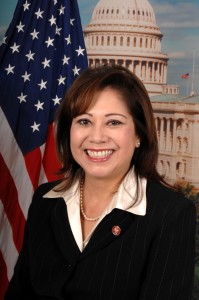Tip of the Week: DOL-based Smartphone Apps Employees Might Use Against Employers
Smartphone Apps That Employees May Be Using Are Varied in Approach and Information
The first type of app are apps such as JobCompass™, a web and mobile job search application that searches millions of jobs, locating and plotting them on a map showing you exactly where the jobs are in relation to a certain location. Other apps help people determine how much a certain job should pay in a particular area, which can used both by job seekers to determine if a job offer is fair and by employees to determine if their pay is competitive with others in the same job.
A second type of app is intended to be used by people thinking about eating at a certain restaurant, staying at a certain hotel, or applying for a particular job. These apps will give information such as health or labor violations and can be searched on name, address, entity type and many other fields.
Other apps track things such as OSHA violations and which companies have sent jobs overseas.
As the use of smartphone apps expands, many different apps and types of apps will become available.
How Should Employers Train Managers and Communicate with Employees About These Items?
To learn the valuable tips for dealing with these issues and much more, be sure to listen to DOL-based Smartphone Apps Employees Might Use Against Employers in this month’s HRCast, a recording provided by our team of HR Pros and available exclusively on MyHRSupportCenter.
MyHRSupportCenter Provides Alerts, Best Practices, and HR Tools Every Day
Visit MyHRSupportCenter regularly, not only for our HRCasts, but also to get late-breaking compliance alerts, best practices to implement, and HR tools to use every day. If you haven’t yet signed up and would like a free trial of MyHRSupportCenter, contact Vision Payroll today.







Vision Payroll